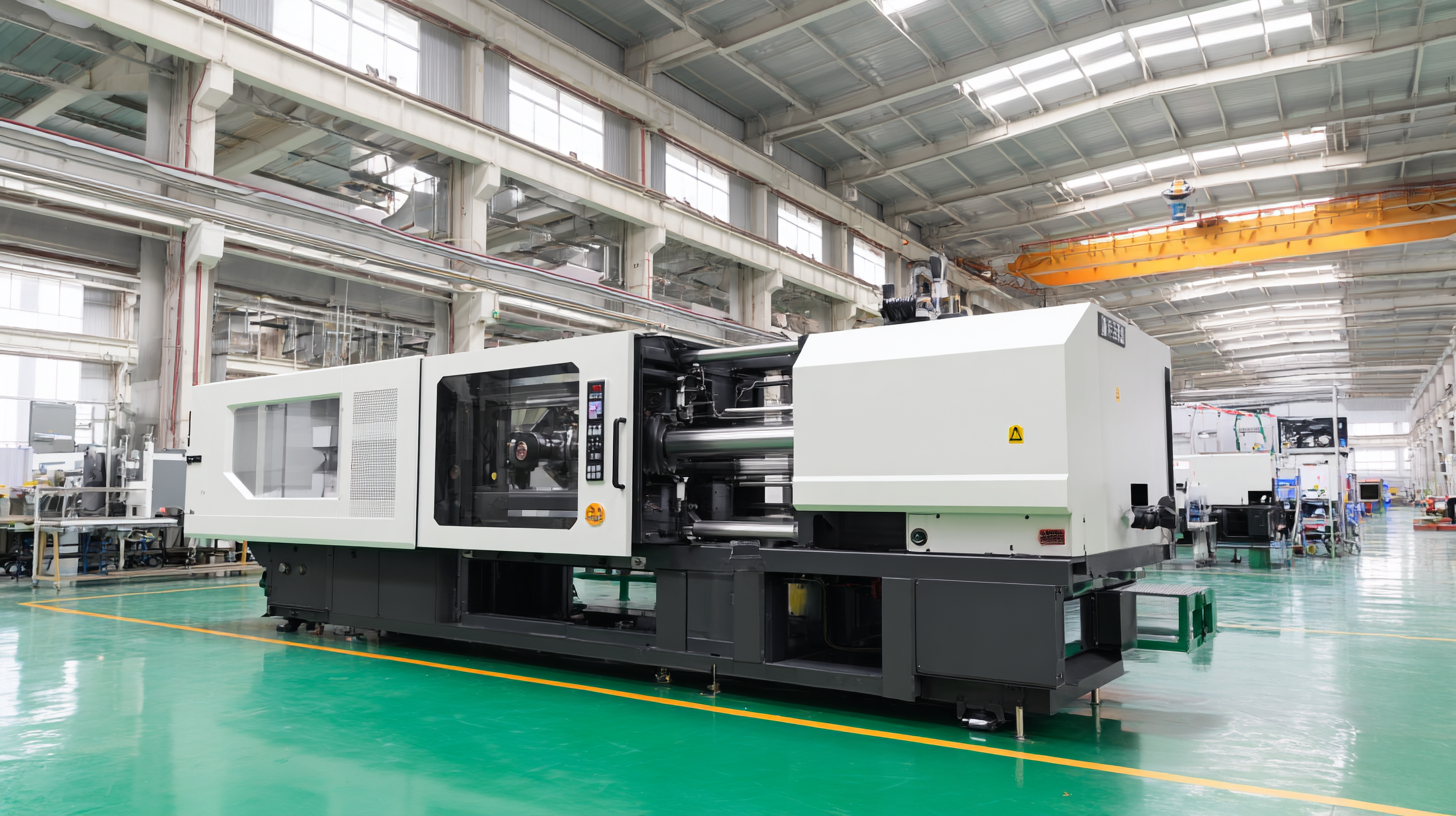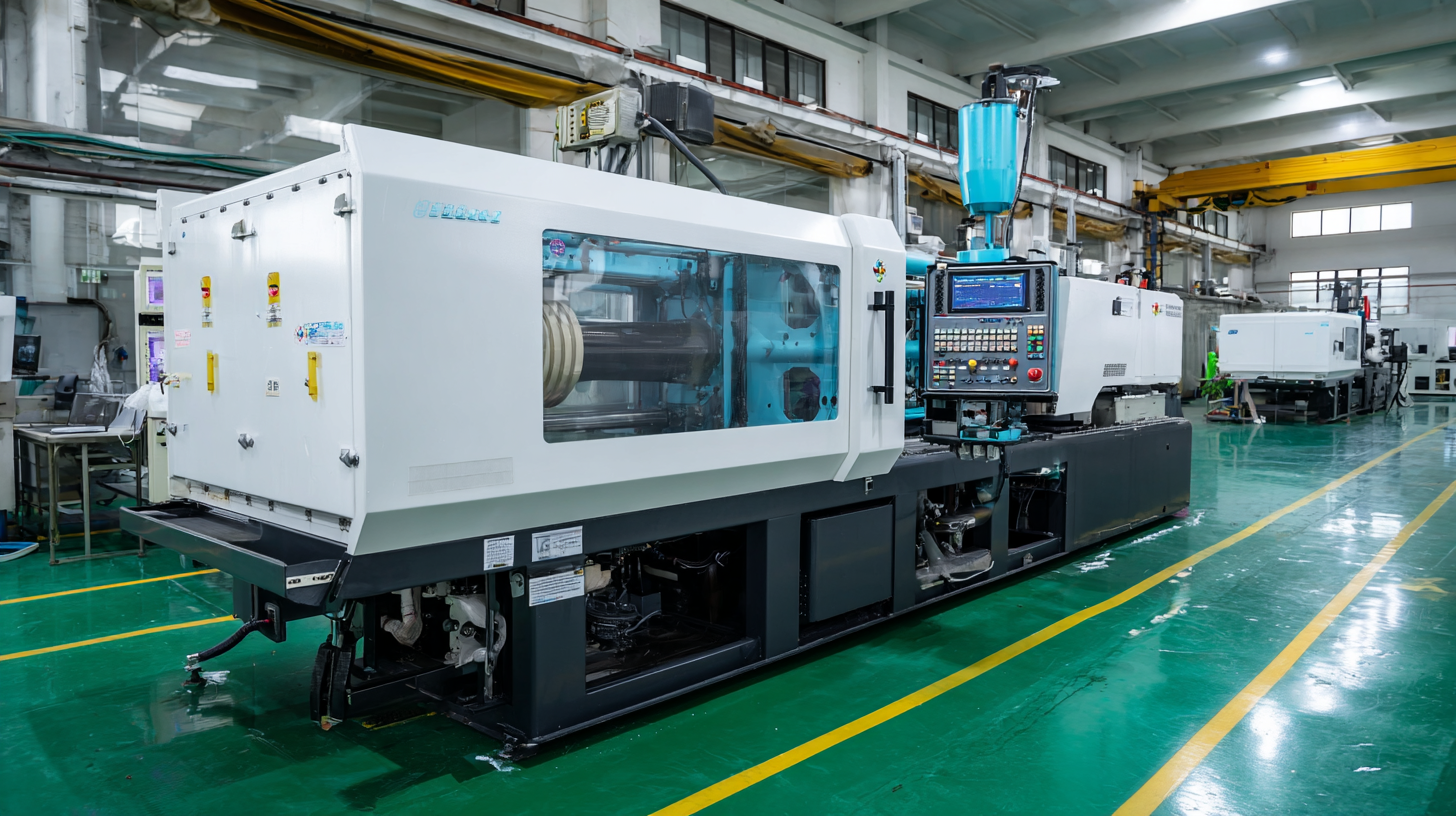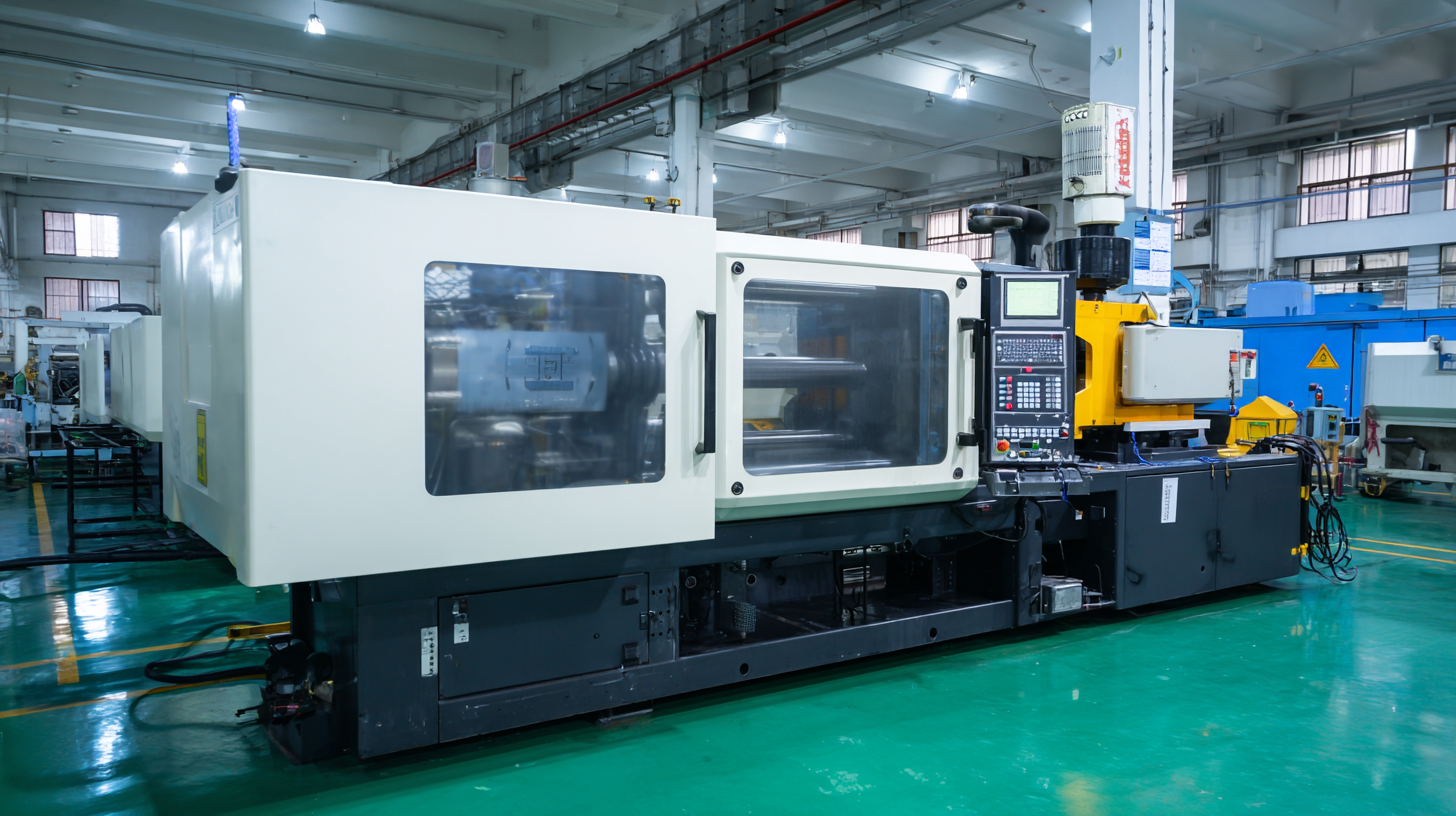 Choosing the right plastic injection molding machine is a critical decision for any business involved in manufacturing plastic products. With a plethora of options available on the market, understanding the key factors that influence this choice can lead to enhanced production efficiency and reduced operational costs.
This guide will walk you through the essential aspects to consider, such as the machine's specifications, capabilities, and suitability for your specific production needs. From understanding the different types of plastic injection molding machines to evaluating their features and benefits, this article aims to equip you with the knowledge required to make an informed decision that aligns with your business goals.
Whether you're a startup or an established manufacturer, selecting the ideal plastic injection molding machine can significantly impact your overall productivity and product quality.
Choosing the right plastic injection molding machine is a critical decision for any business involved in manufacturing plastic products. With a plethora of options available on the market, understanding the key factors that influence this choice can lead to enhanced production efficiency and reduced operational costs.
This guide will walk you through the essential aspects to consider, such as the machine's specifications, capabilities, and suitability for your specific production needs. From understanding the different types of plastic injection molding machines to evaluating their features and benefits, this article aims to equip you with the knowledge required to make an informed decision that aligns with your business goals.
Whether you're a startup or an established manufacturer, selecting the ideal plastic injection molding machine can significantly impact your overall productivity and product quality.
When choosing the right plastic injection molding machine for your business, understanding your production needs is crucial. Assess the types of products you plan to produce, their complexity, and the required volume. This clarity will guide you in selecting a machine that fits your specifications for size, capacity, and functionality.
**Tips:** Consider the material you will be using, as different machines are optimized for specific types of plastic. Also, evaluate the machine's cycle time and energy efficiency, as these factors significantly affect overall production costs.
In addition, think about the future scalability of your operations. As market demands shift, having a flexible machine that can accommodate new types of products or increased volumes will save you time and resources in the long run. Ensuring that your equipment can adapt to evolving technologies, such as automation or smart manufacturing solutions, will keep you competitive in the rapidly changing landscape of plastic production.
**Tips:** Seek machines with easy maintenance and robust support services to minimize downtime. Engaging with suppliers that offer extensive training and assistance can also enhance your operational efficiency.
| Dimension | Details |
|---|---|
| Clamping Force | Measured in tons (e.g., 50T, 100T); affects the size of the mold and part weight. |
| Shot Size | Amount of material injected per cycle; varies based on product design. |
| Cycle Time | Time taken to complete one injection cycle; impacts production throughput. |
| Material Compatibility | Compatibility with various plastics, such as ABS, PVC, and polycarbonate. |
| Energy Efficiency | Machines with lower energy consumption can reduce operational costs. |
| Automation Level | Manual vs. automated processes; impacts labor costs and production speed. |
| Footprint Size | Space required for the machine; important for workshop layout planning. |
| After-Sales Support | Availability of technical support and spare parts; crucial for maintenance. |
When evaluating different types of plastic injection molding machines, it’s crucial to consider several key factors that influence your production needs and business goals. First, assess the specific materials you intend to use, as various machines are optimized for different types of plastics. For instance, thermoplastics require machines with specific features such as improved heating capabilities and greater control over the cooling process, while thermosets might necessitate a machine that can handle higher temperatures and pressures.
Additionally, the size and complexity of the parts you plan to manufacture will dictate the type of machine you need. Machines come in various sizes, and larger machines have the advantage of accommodating larger molds and heavier production demands. Furthermore, consider whether you require a fully electric, hydraulic, or hybrid machine. Electric machines offer precision and energy efficiency, while hydraulic machines typically provide more power and are better suited for large-scale production. By carefully evaluating these factors, you can select a plastic injection molding machine that aligns with your operational requirements and enhances your production efficiency.
When selecting a plastic injection molding machine, several key specifications should guide your decision-making process. First, consider the clamping force, which is crucial for holding the mold together during the injection process. The clamping force should be adequate for the size and complexity of the parts you intend to produce. Generally, the larger and thicker the part, the more clamping force is required. This specification will ensure that the mold does not open prematurely and that the produced parts maintain their integrity.

Another important specification is the shot size, which refers to the maximum volume of plastic material that can be injected at one time. This will directly affect the size of the parts you can manufacture. It’s vital to match the shot size to your product requirements to minimize waste and optimize production efficiency. Additionally, consider the machine's cycle time, which is the total time taken to complete one injection cycle. A shorter cycle time can significantly enhance productivity, especially in high-volume production scenarios. Assessing these specifications will help tailor the right machine to meet the demands of your business.
When selecting the right plastic injection molding machine for your business, understanding budget and cost-effectiveness is crucial. According to industry reports, the global injection molding machine market size was valued at approximately $16.4 billion in 2021 and is expected to grow at a compound annual growth rate (CAGR) of around 4.5% from 2022 to 2030. This growth indicates increasing demand for efficient production equipment, making it essential to evaluate how machine costs align with overall business objectives.
To make a cost-effective choice, businesses should conduct a thorough analysis of their financial capacity. It's recommended to factor in not just the initial purchase price but also operational costs such as maintenance, energy consumption, and potential downtime. For example, some advanced models may come with a higher upfront cost but offer significant savings in energy consumption over their lifespan, thus proving more economical in the long run.
Tips:
1. Consider leasing options if the upfront budget is tight; this can alleviate financial strain while providing access to modern technology.
2. Evaluate the total cost of ownership, including maintenance and part replacement, to ensure long-term viability of your investment.
 Selecting the right supplier for your plastic injection molding machine is crucial for the success of your operations. When evaluating potential suppliers, consider their industry reputation and track record. A supplier with extensive experience and positive client reviews can provide valuable insights and assistance throughout the purchasing process. Additionally, inquire about their customer service and support strategies. A reliable supplier should offer comprehensive support, including installation, training, and timely maintenance services, which are essential for maximizing the efficiency and lifespan of your machinery.
Selecting the right supplier for your plastic injection molding machine is crucial for the success of your operations. When evaluating potential suppliers, consider their industry reputation and track record. A supplier with extensive experience and positive client reviews can provide valuable insights and assistance throughout the purchasing process. Additionally, inquire about their customer service and support strategies. A reliable supplier should offer comprehensive support, including installation, training, and timely maintenance services, which are essential for maximizing the efficiency and lifespan of your machinery.
Another important factor to consider is the supplier's compatibility with your business needs. They should be able to understand your specific requirements and offer customized solutions that align with your production goals. Furthermore, assess the availability of spare parts and the supplier's responsiveness in case of machine downtime. Having a supplier who can quickly provide parts or services ensures minimal disruption to your production process, allowing your business to maintain productivity and meet customer demands effectively.






